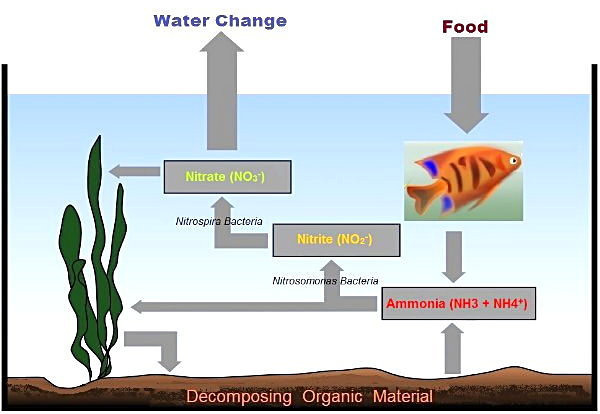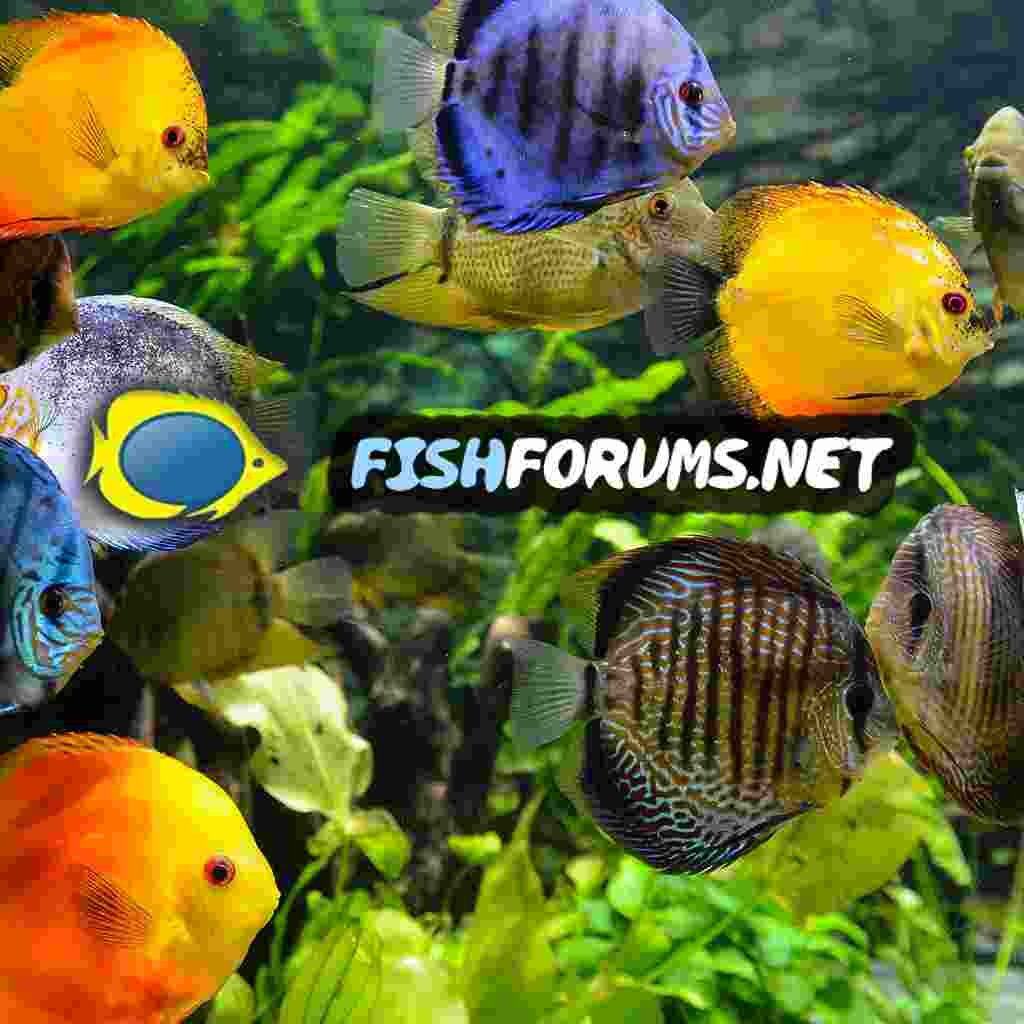I have been cycling my tank for 10 days. I used the test strips today but I’m not really sure on what they should be can someone advise please?
If anything not correct what I can do to help
If anything not correct what I can do to help
Hi, what do I need to use to add? I was advised the two products on the photo would be all that’s needed. Glad I posted to askIf you haven’t been adding ammonia to the tank, then you aren’t cycling it. You needed to be added ammonia in order to produce the BB to convert it to nitrite, then nitrate.
No, the store wanted to make a quick dollar...Hi, what do I need to use to add? I was advised the two products on the photo would be all that’s needed. Glad I posted to ask


 www.fishforums.net
www.fishforums.net
Hi, what do I need to use to add? I was advised the two products on the photo would be all that’s needed. Glad I posted to ask
Oh wow! Some of the "instant cycle" bottled bacteria actually have the wrong species of bacteria in them?? That's so unethical and gross. I don't know why I'm shocked, since there are a lot of dodgy aquarium "miracle" products out there, but that still caught me off guard! Surely it can't be hard to get hold of the right bacteria at least!!Most shop workers haven't a clue about cycling and they believe the hype that bottled bacteria instantly cycle a tank. They don't. The best ones speed up the cycle, the worst do nothing (those contain the wrong species of bacteria)
Yaaaa... For the most part. The only ones that have the "good stuff" is the dr.tims and a tetra product (forget what it's called)Oh wow! Some of the "instant cycle" bottled bacteria actually have the wrong species of bacteria in them?? That's so unethical and gross. I don't know why I'm shocked, since there are a lot of dodgy aquarium "miracle" products out there, but that still caught me off guard! Surely it can't be hard to get hold of the right bacteria at least!!

Hi @mw2022 welcome to the forum and the hobby!
You're in good hands already with Essjay and Valkarie helping you, and I admit I get a bit lost in the science and maths part of cycling this way. But if it helps at all, think of it this way, and check out this video below about what the nitrogen cycle really is, and why we do this
In really simple terms, fish pee and poop ammonia. But ammonia is very toxic to fish. In large lakes/rivers/waterways, there's plenty of water to dilute the ammonia immediately, and bacteria that process that waste, so it's not an issue. But in our much smaller tanks, that waste can really quickly reach dangerous levels - you can imagine that if someone set up a new tank and immediately filled it full of fish, within a day or so of those fish all eating and toileting, it gets super dangerous very quickly. Sadly happens to a lot of people who join the hobby and don't understand cycling, who end up losing their fish within the first early weeks, replacing them a few times, before giving up entirely and not knowing what happened.
Luckily you're ahead of the game and know you need to cycle the tank firstSo what you're doing with the ammonia is basically replicating the amount of waste that will be in your tank once it's full of fish. Some of the right kind of bacteria (what we tend to call beneficial bacteria, or BB) will naturally be in the water you add to the tank, but only in very small amounts. By adding the ammonia, you're providing a food source for those bacteria to stick around on your filter media and begin to reproduce. Those bacteria will continue to reproduce and build a colony as long as there is enough food for them to process, and will only grow large enough to handle the amount of food in the water. This takes some time, which is why cycling is a bit of a long process at first. But absolutely worth doing! If you follow the directions in the link and the advice given above, you'll be able to know when your water is ready to add fish safely, and monitor things with the water testing to make sure your tanks BB can handle all of the waste being produced by the fish you've added.
A lot of people find the nitrogen cycle and the process of cycling a tank a bit overwhelming and confusing at first (understandably!) but it's a super important part of the hobby to understand and once you've wrapped your head around it, it'll make keeping fish much easier and more enjoyable
Ah, so it's a business/patented thing, rather than a super dodgy thing... nice info to know, thank you! And I guess that's why it's called "Dr Tim's ammonia"@AdoraBelle Dearheart TwoTankAmin has explained in the past that the early work done on these bacteria was on non-aquarium water where ammonia and nitrite are higher than in aquariums. The early products did contain the right species of ammonia eaters but the wrong species of nitrite eaters. Then Dr Tim Hovanec, working for Marineland, discovered which species grew in aquariums and both he and Marineland patented them. Marineland was taken over by Tetra, who used the info to make Tetra Safe Start which, because they owned Marineland's patent, could have the correct species. Dr Tim set up his own company and again he owned the patent so his product has the right species. Many other products use the first-used nitrite eaters, the ones which only grow at high nitrite levels.
List of Dr Havonec's patents
Patents | DrTim's Aquatics
DrTim’s Patents Nitrite-Oxidizing Bacteria and Methods of Using and Detecting the Same United States Patent 7544501 Issued 06/09/2009 Abstract: Described herein are nitrite-oxidizing bacteria. Particular bacteria of the present invention are tolerant of saltwater environments, freshwater...www.drtimsaquatics.com

Yah... it gets confusing as far as that.... But other companies still can just avoid making g false products then. It's still dodgyAh, so it's a business/patented thing, rather than a super dodgy thing... nice info to know, thank you! And I guess that's why it's called "Dr Tim's ammonia"
Thank you for explaining that, very cool
